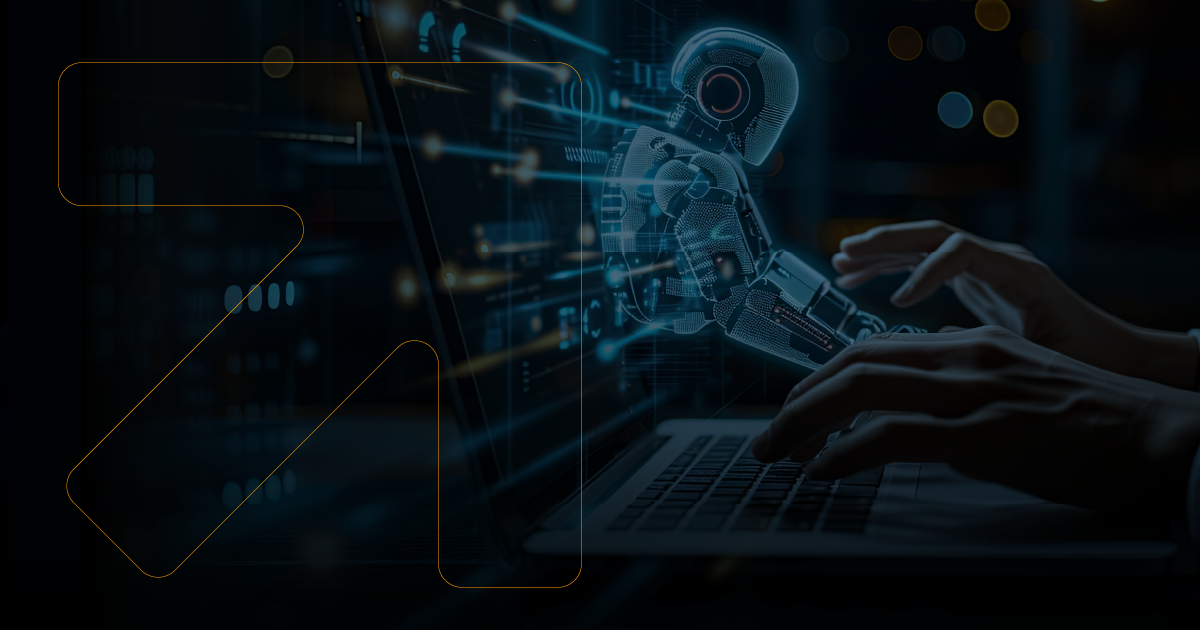July, 2025
The banking and insurance sectors have always relied on software that works, even if it was written two decades ago. Core policy engines, loan-origination workflows, risk-scoring algorithms and back-office settlement routines often trace their roots to the early 2000s (or before). They usually run on monolithic databases, contain millions of lines of PL/SQL, and are stitched together by brittle interfaces that few engineers fully understand. Yet the market no longer rewards “good enough.” Customers expect real-time decisions, hyper-personalized products, 24/7 digital service, and security that keeps pace with an ever-expanding threat surface. To meet those expectations, institutions must migrate away from ageing, closed-world architectures and toward cloud-native, API-first platforms where data, AI (with its Large Language Models – LLMs) and continuous delivery are part of the fabric.
Traditionally, that journey has been a multi-year, multi-million-euro marathon. It starts with months of manual code reviews, moves through labor-intensive refactoring, and ends with risky “big-bang” cut-overs. In many cases the business appetite for change fades before real value is delivered.
Enter Generative AI: A new lens on legacy
Large Language Models, the same deep-learning systems that can summarize novels or generate fluent code snippets, also excel at understanding and rewriting legacy code bases. They consume thousands of lines in seconds, surface embedded business logic, flag dead code, and propose modern equivalents. Their capabilities go far beyond a simple “find-and-replace”:
- Semantic code comprehension – Large Language Models build an abstract syntax tree of the legacy application, map dependencies and create lineage diagrams that reveal how data flows through jobs, stored procedures and batch scripts.
- Automated refactoring suggestions – By recognizing design anti-patterns (spaghetti code, God objects, tight coupling) an LLM can recommend granular micro-services, event-driven pipelines or lakehouse schemas that preserve functionality while eliminating technical debt.
- Risk-aware code generation – When rewriting a PL/SQL cursor loop into vectorized Spark SQL, the model can insert unit-test scaffolding, log masking rules and parameterized queries that mitigate SQL-injection risks.
- Continuous validation and testing – Coupled with synthetic data generators, the same model can produce test cases that cover edge scenarios, measure performance deltas and alert engineers when regressions creep in.
The result is a dramatic shift in project economics: what once demanded hundreds of human months can, with the right controls, be reduced to weeks, enabling budget for innovation instead of translation.
A 360° AI-assisted modernization framework
At Link Consulting we have distilled countless engagements into a pragmatic framework that lets banks and insurers adopt Large Language Models safely and incrementally rather than betting the firm on an all-or-nothing rewrite.
- Baseline & blueprint
We begin with an automated scan using our Link Assisted Conversion Engine (LACE). Integrated into VS Code, LACE feeds legacy code into specialized Large Language Models that classify objects, measure complexity and surface duplicated routines.
- AI-guided refactor loops
Instead of refactoring the monolith wholesale, we carve out bounded contexts (pricing, claims, credit risk, treasury) then iterate through short “analyze–generate–validate” loops. The model proposes a modern implementation (often Spark on Microsoft Fabric or Databricks), which our architects harden, instrument and test. Results feed back into the model, continuously improving its suggestions.
- Data estate re-platforming
Legacy schemas rarely align with today’s analytics pipelines. Using LLM-powered mapping, we translate Oracle or SAS tables into Delta Lake structures, auto-generating ETL code and ensuring lineage is captured for future governance audits.
- Automated testing & secure deployment
GenAI generates both unit and integration tests, while Link’s DevSecOps pipelines embed SAST, DAST and policy gate checks. Deployments progress safely from sandboxes to blue/green production slots, with rollback plans automatically scripted.
- Governance & compliance by design
Financial institutions cannot sacrifice control for speed. Every AI suggestion is explainable, version-controlled and reviewed by certified engineers. Output remains compliant with regulations and local data-sovereignty laws. Audit trails document how each piece of legacy logic maps to the new stack.
Key success factors (and pitfalls to avoid)
| Do | Don’t |
| Start with a pilot domain where SLAs allow controlled experimentation. | Attempt a full core-banking replacement in a single sweep. |
| Maintain a human-in-the-loop review board of architects and domain experts. | Blindly accept code generated by the model without peer review or testing. |
| Harden prompts with security filters and context windows to avoid data leakage. | Paste sensitive production data into public LLM endpoints. |
| Combine code conversion with process re-design; otherwise, you risk porting inefficiency verbatim. | Treat GenAI as a silver bullet for every legacy pain. Complex migrations still demand change management. |
Why Link Consulting?
There are several reasons, but we highlight these ones:
- End-to-end expertise – From enterprise architecture and integration to data mesh, cybersecurity and cloud FinOps, we ensure the new stack works seamlessly with the rest of your ecosystem.
- Proven accelerators – LACE for code conversion, Atlas Risk Secure for cyber-resilience, LeanIX blueprints for application rationalization.
- Financial-services DNA – We speak Basel III, Solvency II, SEPA, IFRS 17. Our teams have guided digital transformations at leading European, LATAM and Middle-East institutions.
- Secure AI adoption – Our approach embeds privacy by design, model governance and continuous compliance monitoring, which are critical in such regulated environments.
Looking ahead
Large Language Models will not magically eliminate the complexity that accrues over decades, but it does change the cost curve, turning legacy modernization from a capital-exhausting marathon into a series of data-driven sprints. Institutions that move first can redirect saved budget into innovation: launching new digital products, integrating ESG data streams, or deploying retail chatbots that converse in natural language.
At Link Consulting we are already helping clients convert theory into measurable outcomes. If your organization is ready to exponentially slash modernization timelines, reduce maintenance costs, and leverage cloud-native agility without compromising governance, let’s talk. A short discovery workshop is often all it takes to pinpoint where GenAI can deliver the fastest ROI. The journey from legacy burden to AI-fueled value starts with a single step, make it today.



